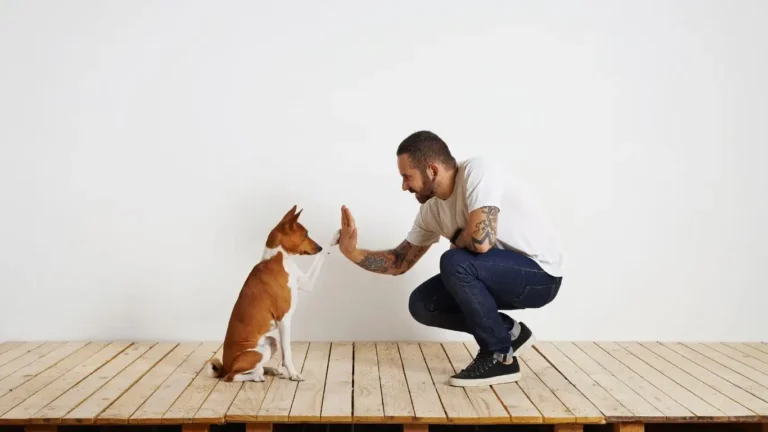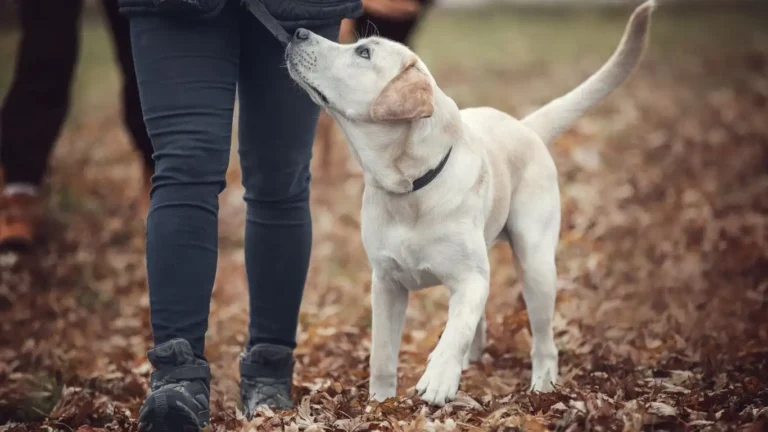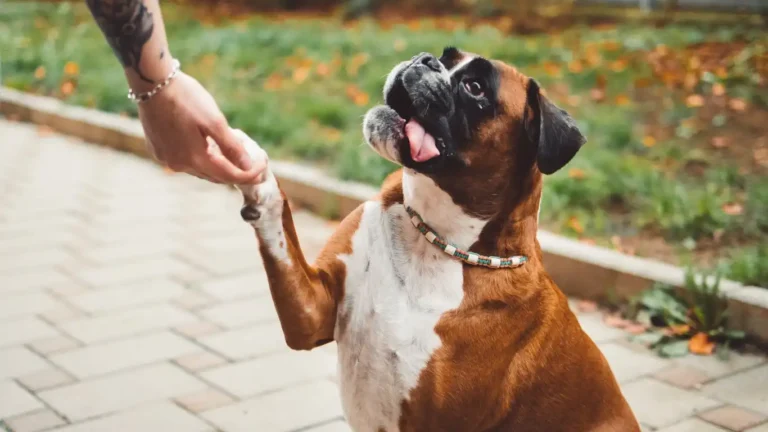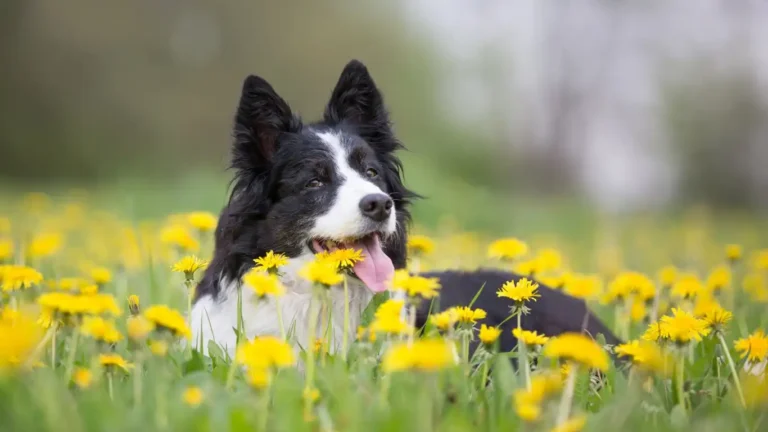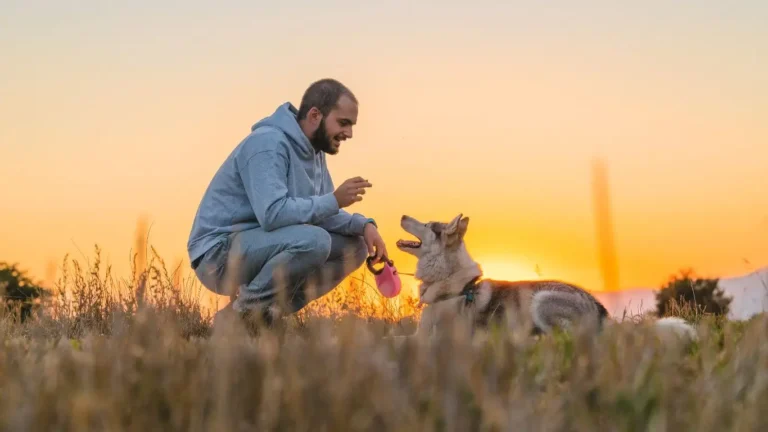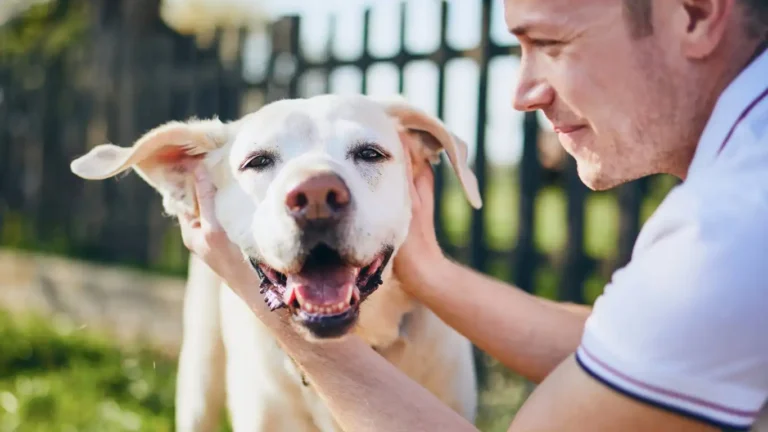How to Help a Dog With a Fear of Loud Noises – Calm Their Anxiety Fast
If you’re wondering how to help a dog with a fear of loud noises, you’re definitely not alone. As a Veterinary Technician and Nutrition Specialist, I’ve seen this issue come up more often than you’d think. Thunderstorms, fireworks, construction noise—heck, even a slammed door can send some pups into a full-blown panic. I’ve worked with countless dogs over the years who shake, drool, hide, or bark uncontrollably at the first hint of loud sounds. It’s heartbreaking to watch, and trust me, I get how stressful it can be for both you and your fur baby. The good news? There are a bunch of simple and supportive ways you can help ease your dog’s fear. Let’s dive in, and I’ll walk you through what’s worked in my experience both clinically and personally.
Understanding Why Dogs Are Scared of Loud Noises
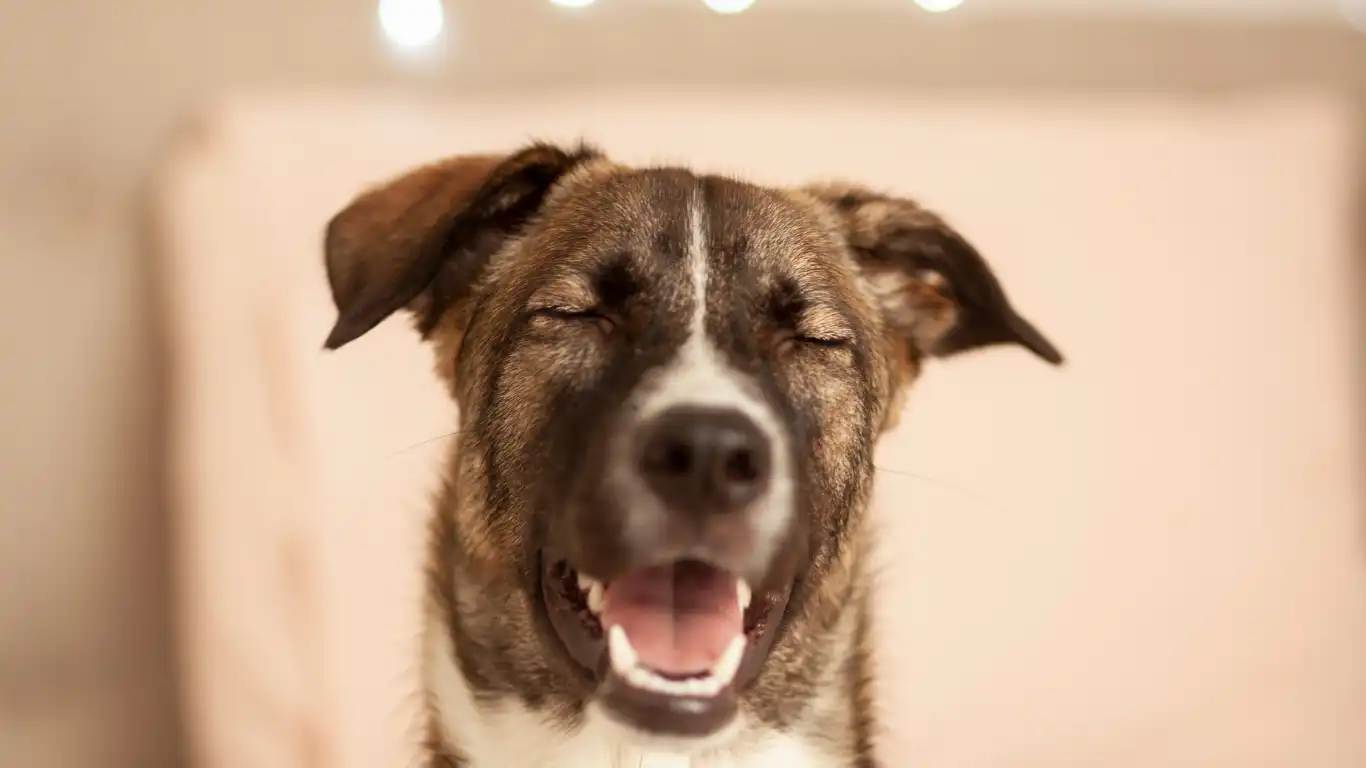
Before we start tackling the fear, it helps to understand why it’s even happening in the first place. Dogs have way more sensitive hearing than we do, so what seems like a minor noise to us can feel earth-shattering to them. Add to that the unpredictability of sounds like thunder or fireworks—BOOM, outta nowhere—and it makes sense why they freak out.
Sometimes the fear is rooted in a past trauma, like a scary experience during a storm or loud event. In other cases, it might just be a naturally anxious temperament. Some breeds (like Border Collies and German Shepherds) tend to be more reactive, but fear of loud sounds can affect any dog, at any age. I had a senior Labrador patient once who suddenly developed a noise phobia after a bad storm. No past history, no warning signs. It just hit him one day, poor guy.
Common Signs Your Dog Is Anxious About Noise
So how do you know your dog’s not just startled, but actually dealing with an ongoing fear? Here’s what to look for:
- Hiding in closets, under beds, or behind furniture
- Shaking or trembling when loud sounds occur
- Whining, barking, or howling
- Excessive panting or drooling
- Refusing to eat or drink during storms or fireworks
- Destructive behaviors (like chewing or scratching doors)
If your pup shows any of these signs regularly, it’s not just a passing quirk—it’s fear. And the sooner we address it, the better their quality of life (and yours) will be.
Creating a Safe, Soothing Space at Home
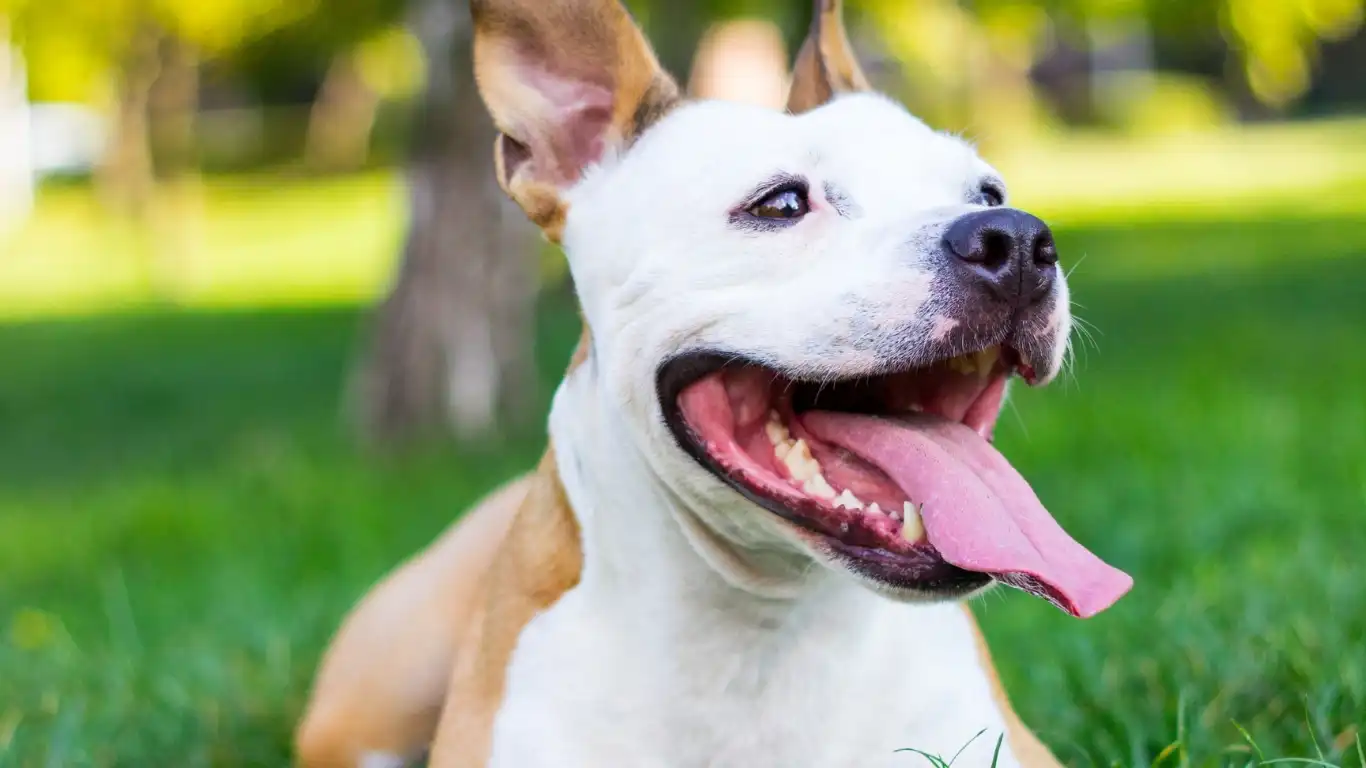
Let’s start with your home base. When a loud noise hits, your dog’s first instinct is usually to find a hiding spot. Instead of letting them panic and squeeze into a tight corner somewhere, you can create a designated “safe zone” that’s calming and secure.
How to Set Up a Comfort Den
- Pick a quiet area in your house, preferably away from windows and exterior walls.
- Add cozy blankets, a favorite dog bed, or even some of your worn clothing (your scent can be a huge comfort).
- Use white noise machines or calming music to drown out the scary sounds. I’ve seen great results with classical music or dog-specific playlists.
- Cover the area with a blanket or crate cover to give it a cave-like, denning feel. Dogs love that “enclosed and safe” vibe.
One of my clients once used a small walk-in closet, threw in a beanbag chair and some lavender-scented diffusers (safe, of course), and turned it into her dog’s go-to haven. Total game-changer.
Don’t Force Interaction
This part’s tough but important: don’t force your dog to interact or “face their fear.” If they want to hide, let them. Trying to pull them out or coax them into staying in a loud room often makes the fear worse. Respect their instincts—it’s their way of coping.
Behavioral Training & Desensitization
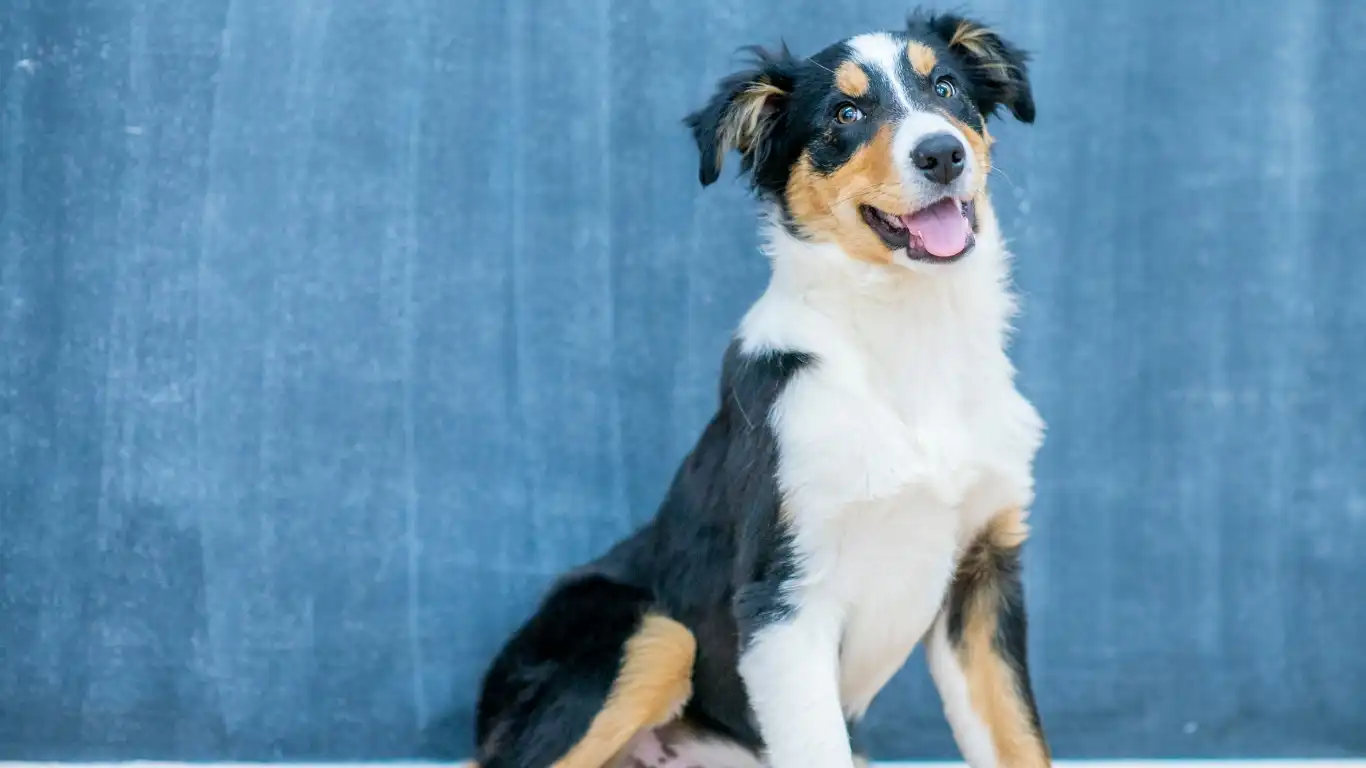
Okay, now we’re getting into the meat of the solution: training. No, I’m not talking boot camp style—this is all about gentle, positive reinforcement. One method that’s super effective is called desensitization. Basically, you’re helping your dog build a new, more neutral response to scary sounds by introducing them gradually and positively.
Sound Training Tips
Here’s a method I’ve used in clinic settings and recommended to pet parents at home:
- Start with a recording of the sound that scares them (thunder, fireworks, etc.) at a very low volume.
- Play the sound while doing something your dog loves—treats, belly rubs, playtime, whatever gets them tail-wagging.
- Gradually raise the volume only when they seem totally chill with the current level. Patience is key!
- If they react fearfully, pause, lower the volume, and return to the last “safe” level.
Think of it like baby steps. Over time, their brain starts to associate the noise with good things instead of scary stuff. It takes consistency, but it really does work. I had a terrier patient who used to tremble at the sound of thunder, but after a few weeks of this method, he could calmly nap through a storm (well, most of the time anyway).
Calming Products That Actually Work

Let’s be real—sometimes training alone isn’t enough, especially when the fear is deeply rooted or has been going on for years. This is where calming aids can make a huge difference. And no, I’m not talking about anything that will make your pup feel groggy or spaced out (unless it’s prescribed by a vet for very specific cases). There are loads of natural, vet-approved products out there that can help take the edge off without altering your dog’s personality.
My Favorite Calming Tools
- Thundershirts: Basically a snug wrap that applies gentle pressure (like a hug). I’ve seen these work wonders with dogs who are scared of storms or fireworks. One of my patients, a sweet little Spaniel, would panic every Fourth of July. The first year we tried a Thundershirt? She actually chilled out enough to nap.
- CBD Oil: There’s still a lot of research happening around this, but many pet parents swear by CBD for anxiety. Always go with a reputable, vet-approved brand and start with a low dose. I’ve used it with some of my more high-strung patients, and a few drops before a thunderstorm really helped soften their reaction.
- Pheromone diffusers: These release calming pheromones (similar to what mama dogs give off) that can help dogs feel safer and more grounded. They’re totally odorless to humans and super easy to plug in near their safe zone.
Keep in mind: every dog is different. What works for your neighbor’s Golden Retriever might not be the magic trick for your Chihuahua. Trial and error is totally normal here.
When Nutrition Plays a Role in Noise Anxiety

Now here’s where my vet tech/nutrition nerd side really gets excited. A lot of people don’t realize that what your dog eats can actually impact their mood. Yep, just like humans, dogs can benefit from nutrients that support brain health and stress regulation.
Calming Nutrients to Look For
- Omega-3 fatty acids: These are anti-inflammatory and support brain function. I’ve seen behavior improvements just from adding a good fish oil to the diet.
- L-tryptophan: This amino acid is a precursor to serotonin (the feel-good brain chemical). Some calming diets or supplements contain it for this reason.
- Magnesium & B-vitamins: These play a role in the nervous system and are often included in calming dog chews and formulas.
There are even specially formulated veterinary diets designed to support emotional balance. One I’ve recommended a bunch (and used on my own rescue pup with separation anxiety) includes casein, a milk protein with natural calming properties. It doesn’t knock them out—it just helps them feel more balanced, especially during stressful events.
Vet Intervention: When It’s Time for Professional Help
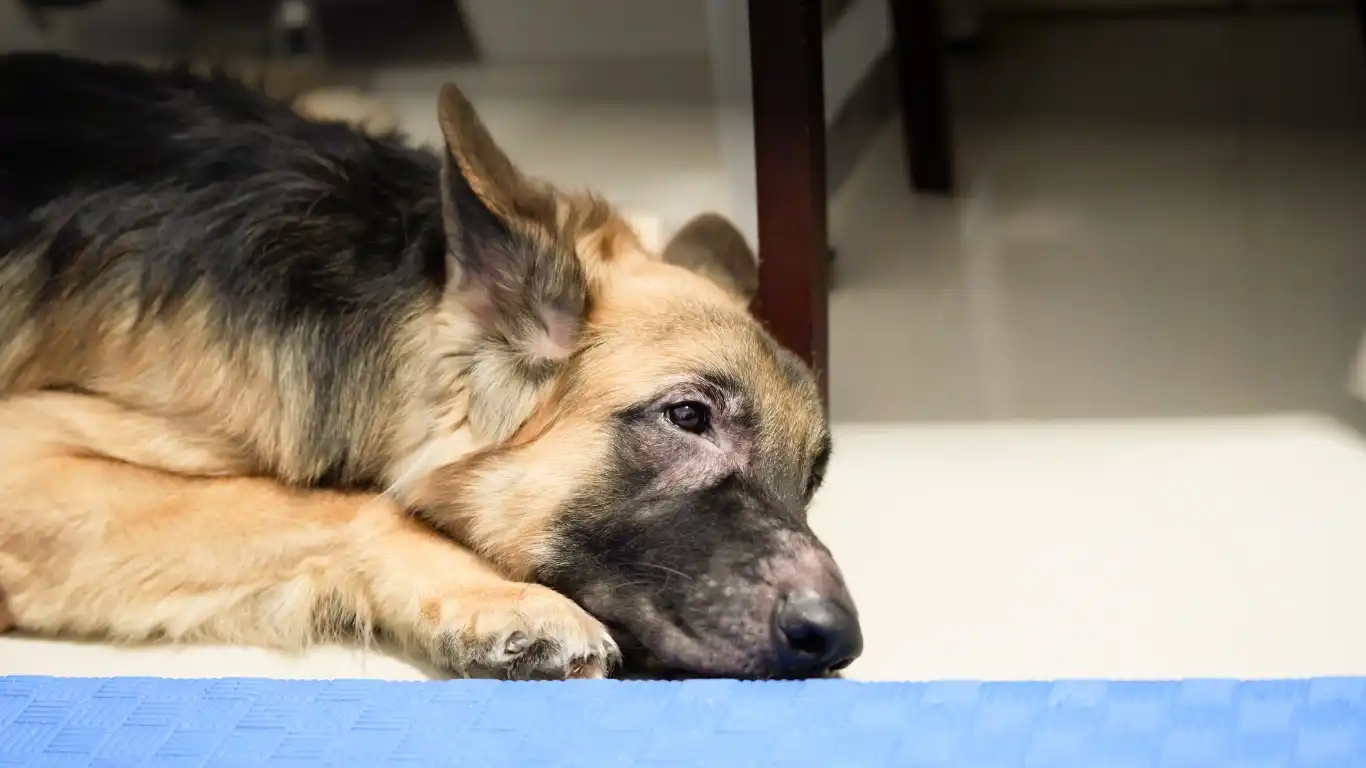
Alright, let’s talk about when fear goes beyond what you can manage at home. Some dogs have such intense reactions that no amount of training, treats, or cozy blankets will cut it. If your dog is hurting themselves, not eating for days, or spiraling into full-blown panic mode, it’s time to bring in a pro.
How Your Vet Can Help
Here’s what a good vet can do for a dog with noise anxiety:
- Rule out underlying health problems: Pain, neurological issues, or hormonal imbalances can sometimes look like anxiety on the surface.
- Prescribe short-term anti-anxiety meds: These can be used during fireworks season or big storms. I’ve seen dogs go from trembling wrecks to peaceful sleepers with the right med plan—again, always under vet supervision.
- Refer to a veterinary behaviorist: This is a specialist who focuses on tough behavior cases. They can create a custom plan and even prescribe longer-term behavioral medications if needed.
I worked with a case once where a Doberman would crash through windows to escape during storms. It was terrifying—for her and everyone in the house. We tried all the natural stuff first, but in the end, a mix of behavior training and medication helped her finally feel safe. She even started relaxing on rainy days, which we never thought possible.
Daily Habits That Support Emotional Stability
Sometimes, the best thing you can do is build a routine that helps your dog feel grounded. Dogs love structure—it helps them predict what’s coming next and reduces the sense of chaos when a loud noise hits out of the blue.
Things You Can Start Doing Today
- Stick to consistent feeding and walk times. Predictability = comfort.
- Incorporate enrichment activities daily. Puzzle toys, sniff walks, and gentle play sessions help release pent-up energy that can fuel anxiety.
- Practice short periods of calm every day. Even five minutes of quiet bonding time with you can work wonders. Sit, breathe, snuggle—it’s therapeutic for both of you.
Also, don’t underestimate the power of your own energy. If you stay calm, upbeat, and reassuring during a noisy event, your dog will pick up on that vibe. I know that sounds cheesy, but animals are emotional sponges. I’ve had more than one dog owner tell me their pup improved just by them learning how to breathe and stay relaxed during storms. It’s all connected.
Building Long-Term Confidence in a Noise-Fearful Dog
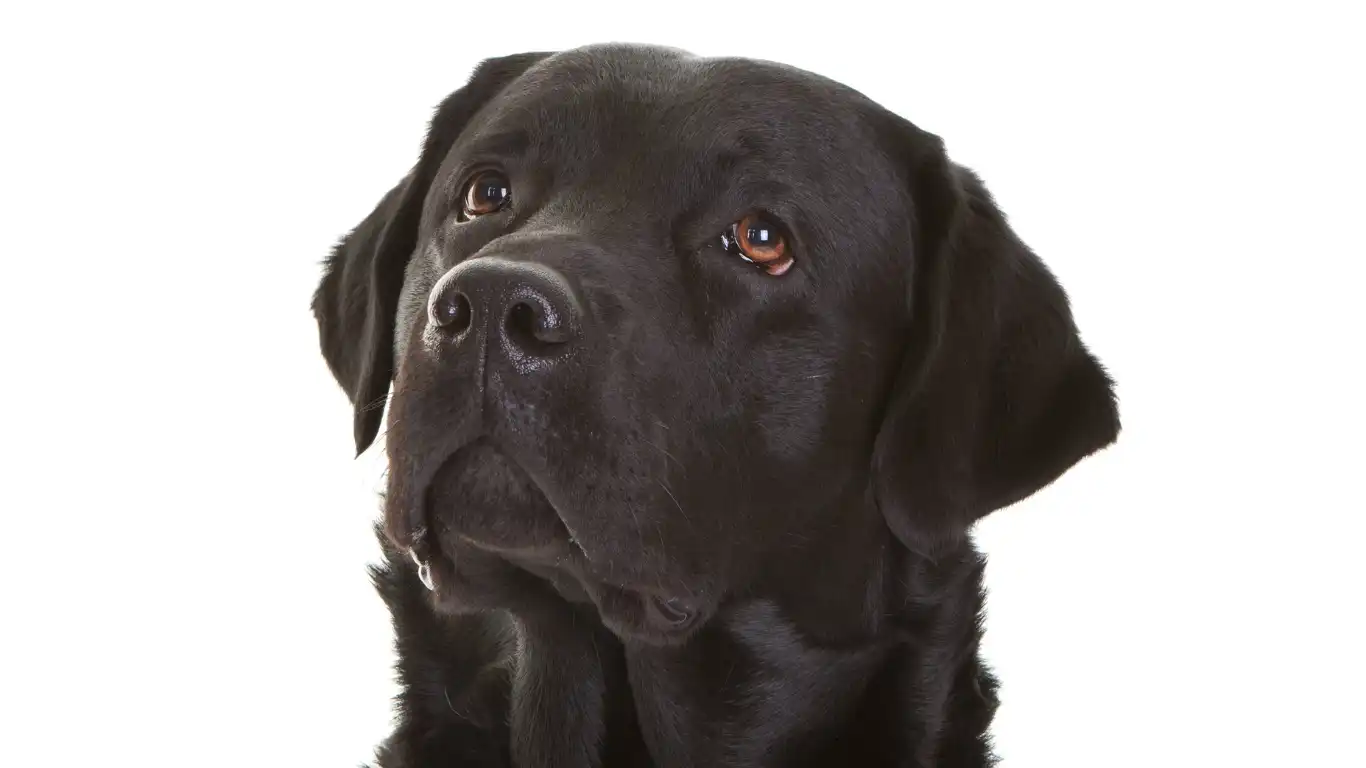
Helping your dog move beyond fear isn’t about finding a quick fix—it’s about slowly building their confidence day by day. If you’ve made it this far, chances are you’re already super dedicated to your pup’s well-being, and honestly, that’s half the battle. As someone who’s worked closely with dogs for years—especially those with fear-based behavior—what I’ve found most effective long-term is focusing on trust-building and emotional resilience.
Confidence-Building Games & Activities
Here are a few simple ways to weave confidence boosters into your dog’s daily life. These little moments can actually help them feel more equipped to handle loud noises when they happen:
- Nose work games: Scatter treats in a room and let them sniff them out. It taps into natural instincts and encourages independence.
- Interactive puzzles: Keeps the brain busy and helps develop problem-solving confidence.
- “Find it” commands: Hide a toy or treat and have them search. It’s low-stress but very rewarding.
- Small wins: Encourage tiny brave steps—like calmly sitting near a window when it’s windy outside—and reward the heck out of them for it.
One of my previous patients, a rescue named Marley, was terrified of the blender (of all things). His mom started doing “confidence walks” with him every morning, letting him explore different textures, surfaces, and smells. Over time, he became noticeably braver—even started snoozing through breakfast smoothies!
Being Prepared for Noise Events Ahead of Time

Let’s be honest—loud noises don’t give us much warning. But holidays like the Fourth of July, New Year’s Eve, or big thunderstorms during the summer? Those are predictable. Having a game plan in place before the noise hits can make a massive difference.
Your Noise Preparedness Checklist
- Check your dog’s ID tags and microchip info (just in case they bolt out of fear).
- Walk them early in the day before fireworks or storms are expected.
- Close all windows and curtains to block out both sound and flashes.
- Have their safe zone ready—cozy, familiar, and accessible.
- Use calming aids as needed—CBD, Thundershirt, pheromones, or vet-prescribed meds (administer early!).
- Give them something to do—a stuffed Kong, a puzzle toy, even a frozen lick mat to keep them occupied.
And one more thing I always tell my clients—don’t leave your dog alone during high-stress events if you can help it. Even if they don’t need you to “fix” anything, just having you nearby helps them feel more secure.
When Progress Feels Slow (Or Nonexistent)
Let’s keep it real: sometimes, no matter how much love, training, or preparation you throw at it, your dog might still struggle with a fear of loud noises. That doesn’t mean you’ve failed. Far from it. Fear is a deeply ingrained emotional response, and while some dogs can overcome it completely, others will always need a little extra TLC.
Here’s what I’ve learned after years of working with fearful dogs:
- Progress isn’t always linear. You might go a week with zero panic attacks, then suddenly have a rough night. That’s okay. Healing comes in waves.
- Small victories matter. If your dog used to hide in the bathtub but now curls up calmly under your desk during a storm, that’s HUGE.
- Your consistency is their anchor. Even if the results aren’t dramatic right away, the routines you’ve built are laying the groundwork for lifelong emotional security.
I had a senior Beagle named Toby who never quite “got over” his firework fears, but he went from panicked pacing to quietly chewing on a bully stick in his crate. That shift may not seem huge on paper, but for Toby? It was life-changing.
Helping a Dog with a Fear of Loud Noises: Final Thoughts
By now, you’ve got a solid toolkit for how to help a dog with a fear of loud noises. Whether it’s calming products, smart nutrition choices, behavioral strategies, or just being there with a kind voice and a steady hand, you’re doing real, meaningful work to support your dog. I’ve seen firsthand how far love and patience can go—and trust me, your dog knows you’re trying to help. They feel that.
One last tip? Keep notes. Seriously. Write down what works, what doesn’t, and how your dog reacts to different sounds or calming tools. This helps you notice patterns over time, and it makes it easier to work with your vet or trainer if things get tough down the line.
References
Disclaimer
This article is for informational purposes only and is not intended as a substitute for professional veterinary advice, diagnosis, or treatment. Always consult your veterinarian or a qualified pet behaviorist regarding any concerns about your pet’s health or behavior. Every dog is different, and what works for one may not work for another.
